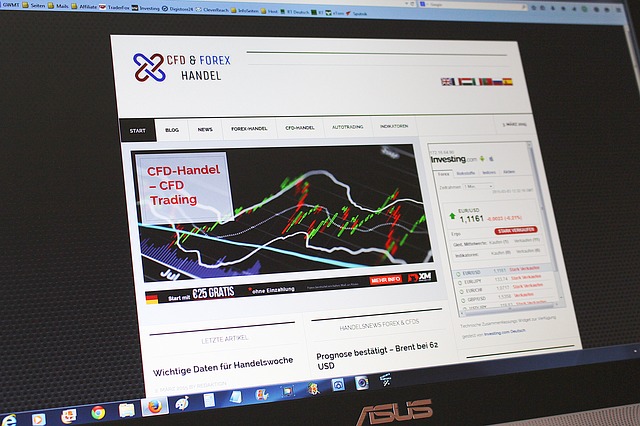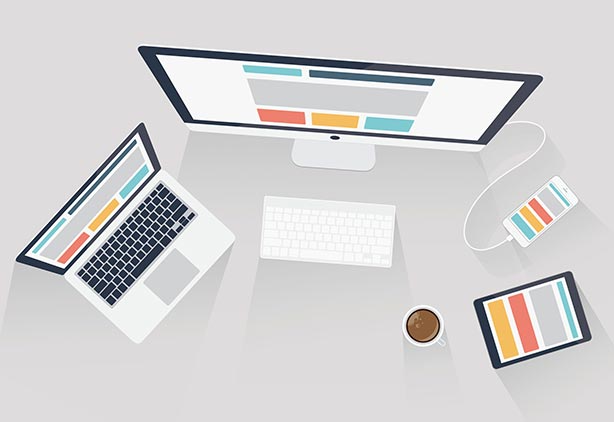Why Should a Landing page be the Critical Part of your Online Marketing Strategy?

If you are a professional digital marketer, you don’t need an explanation to understand that landing page is the final phase of a campaign, where some useful action can be expected from a potential customer. In this article, we will discuss everything that you need to know about a landing page in detail.
Why is a Landing Page Important?
Here, I would rather start speaking about the purpose of online marketing.
Business owners, entrepreneurs, today do not go around carrying their business cards for business promotion; because they know it’s an old-school technique and won’t work in the digital market. The digital landscape expects something more, some robust approach from these business running people to reach people and the purpose of online marketing is to do that.
Instead of you visiting people, people will visit you on your website. Since there are millions of websites, if you run a comprehensive online marketing campaign, you can promote your website, create brand awareness, increase website traffic, and help yourself with good leads and conversions.
The purpose of online marketing has always been the same – to attract customers, generate leads, nurture, and finally convert them. E-Mail, PPC, social media, use whichever of these methods, visitors easily find your website and the landing page without basic search process.
Now, speaking about traffic, there are a lot of methods for doing that. But a digital marketing campaign is not only about bringing traffic but turning that traffic into conversions.
Every website visitor who lands on your site may plainly move around. Now, let’s say you have hundreds of products, and too many services to offer which is actually a kind of distraction for customers. On every bend on the road, if there are more forks, visitors will be just roaming around the website and tired at some point may leave your website.
Now, this is where things get interesting. You put a CTA button at the end of the web page if the customer finds a purpose; he’ll click that button and will be directed to a landing page and where he can complete the purpose of visiting your website.
Key Benefits of Having a Landing Page
- Generate Leads
- The goal of your homepage is to attract customer, the purpose of a landing page is to encourage customers to convert. So a homepage is not a landing page. Generating traffic to landing pages will guarantee you better conversion rates over generating the same to a homepage. For lead capturing, a businessman can directly send product-specific online ads. Suppose someone is interested in you whitepaper or any other form of content, keep it in a gated form, and in exchange for their contact information, you give access to information they are interested in. With the leads, you can later follow up and work towards converting them.
- Gives you Access to Demographic Information
- A landing page speaks straight to the point; there is no story to distract your customers. If they need something they have to provide their name, contact number or email address and be through with the process.
- Your marketing team can make use of this information to understand the pain points of leads and work towards converting them and increase your sales.
- Remove Distractions
- A home page gives its visitors a lot of choices to do and a landing page contrarily, cuts-off such distractions, no links, no navigation options, but allows them to focus on just one thing, convert.
- Provides Better Clarity & Purpose
- A well-designed landing page doesn’t allow web visitors to think or guess what it’s all about, it speaks clarity and purpose. Whether a visitor wants to sign-up, make a purchase, contact the website, or download some material, everything will be clearly defined.
- Encourage Visitors to Make a Decision
- Customers are indecisive; nobody can understand that better than a businessman. With no distraction and a clear message to guide, you will not be firing in the dark, but get your website visitor to turn into a lead in some form.
If you have understood why a landing page is a critical part of your online marketing campaign, you also need to have a clear picture of how a landing page should be designed. Because every landing page does not guarantee you conversions and the worst part they are sometimes a reason for you to lose sales.
In the following section, you will learn how to create an effective landing page.
Anatomy of a High-Converting Landing Page
- Your Unique Selling Proposition (USP)
- Tell about that unique thing, which you have and your competitors don’t. If you want customers to happily walk into your online store and acknowledge you with a sale, you have to first convince them that you are best around here. You USP should have the following structure.
- The Main Headline
- A Sub Headline/Supporting Headline
- A Reinforcement Statement
- A Closing Statement
- A Hero Image or Video
- Remember, you need a high-converting landing page, to achieve that you need to appeal people on an emotional level. Using high-quality image or video will help you do that. It’s because humans respond to visual data better than any other data.
- Listing of Benefits and Features
- Why should they convert? You are going to answer this question in points. These points should be clear, minimum, but speaking in volumes.
- Form
- A landing form should neither be too long nor too short. Keep it lengthy, you will put-off the customers; maintain it too short, you may end up with no useful information. Keep the form relevant, so customers don’t essentially feel like you are asking them to hand over their identity.
- Have Social Proof
- Give them a reason to believe your words. Customers always move around with uncertainty, but if there are testimonials from other customers, they will find it easier to make a decision.
- A Call-to-Action
- CTA is the most important element on a landing page. You have to focus on a lot of factors – its design, the text used, and where it has been placed.



 +91 8277203000
+91 8277203000
